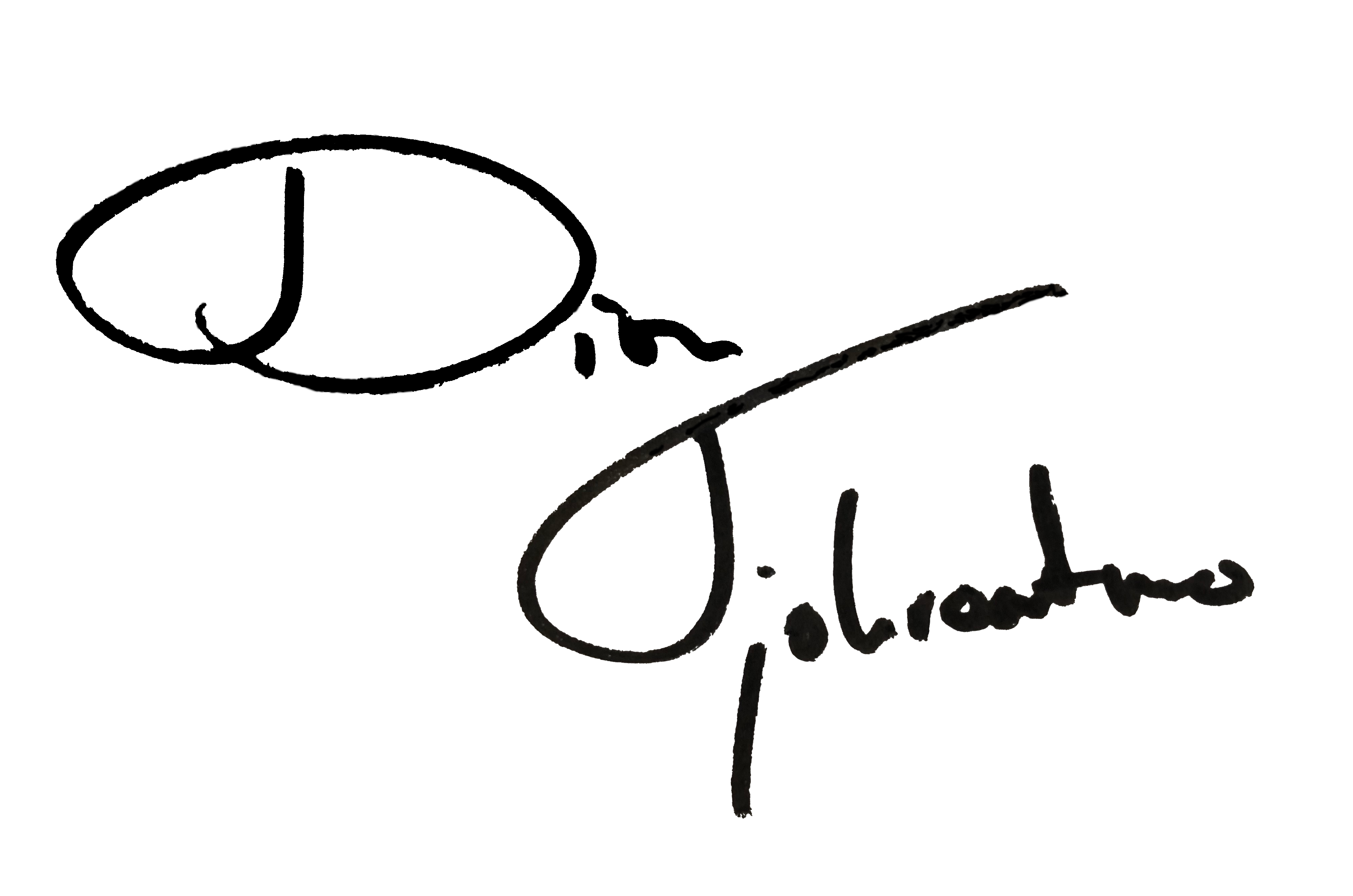Overall development
During my Bachelors, I was all over the place, did not really know what I wanted to do, and tried to fit in. However, during my Masters, I can confidently say that I discovered my own path and want to create appreciation and awareness of the objects and the surroundings people interact with, enhancing user experience and object valuation by focussing on crafts and materiality. Because I now know what my design values are (curiosity, craftsmanship, empathy, joy, passion, quality), I am able to motivate and argue for my design decisions and communicate clearly with stakeholders.
The evolution of my design language and focus on Creativity and Aesthetics and Technology and Realisation can be clearly seen throughout my research projects (M1.2, M2.1, M2.2).Throughout these projects, I slowly emerged myself in the material that I wanted to keep on working with: ceramics, allowing me to gather knowledge, experts and skills through a 3 semester timespan. This process has taught me to handle a material using my own vision and gave me the freedom to experiment at my own pace.
Design research process
I never had thought to be focussing on design research and envisioned myself as an artistic product designer who designs for the people. However, times change. Materialism and interaction design are the two things I focus on right now, handcrafting research artifacts and studying their impact on user behaviour and interaction. This Research through Design process allowed me to embrace my own vision and bring it to the people.
Besides my mindset, I have also developed my research skills. Throughout my Masters, various research approaches were introduced (lab, field, showroom, studio), having experienced all of them, gave me the skill to assess a topic and pick the most appropriate approach. These various approaches have taught different data gathering and analysing methods, allowing me to extract relevant topics and discover interesting patterns.
Creativity and Aesthetics
Creativity and Aesthetics are heavily used during my design processes. Throughout my Masters, I have developed several ideating methods and gained various skills in material manipulation. I used these techniques and methods to craft artifacts which are used for research purposes.
I also see a clear upwards trend in my finishing and prototyping quality. During my Bachelors I focussed more on the functional aspect of designs, but the freedom that I got during my Masters allowed me to develop my own design language: focussing on material qualities and paying attention to details. Through the electives I picked (Matter of Transformation, Arts and Architecture, Architectural Expression, Interactive Materiality), I was able to experiment with new materials and aesthetics which I could implement during my projects afterwards.
Technology and Realisation
Besides the increased fidelity of my prototypes, this Expertise Area has undergone a massive development. At the start of my Masters I did not want to touch an Arduino, but through various projects (M1.2 and M2.1) my curiosity into electronics grew. This resulted in a fully functioning haptic interface for my FMP. I think that the implementation of electronics can elevate my prototypes. Making my prototypes experienceable (Buchenau and Suri, 2000), makes user testing more realistic and allows for more reliable data.
User and Society
This Expertise Area has also greatly improved. I gained knowledge regarding various qualitative data gathering methods such as a diary study (M1.2), semi-structured interview (CDR, Research Methods, M1.2, M2.1 and M2.2) and through a workshop (Research Methods). To add to this, I developed a sense to determine what method suits the evaluation aim the best, allowing me to work efficiently and ask valuable questions. Furthermore, I gained experience in involving stakeholders during different stages in the process, using them for inspiration, evaluation or contextualisation.
Business and Entrepreneurship
Business has never really been of my interest. However, during my M2.2, I got curious how other people perceive my designs. This made me think about how to implement my designs into society and how to move from prototype to functioning products. Although this Expertise Area is not really developed during electives, my M2.2 challenged me to think about the business aspect of a design process. Conducting market research and finding context and applications for the things I research, makes a design so much more real rather than speculating over the future and creating fictional scenarios.
Math, Data and Computing
I tried to implement this Expertise Area during several evaluation phases (M2.1 and M2.2), however, I feel like this Expertise Area is the least developed during my Masters. As said before, I prefer qualitative data over quantitative data because of its nuance and depth. However, I found it surprising how you are able to identify patterns relatively easily using questionnaires.Though I personally think it is more interesting to understand why a pattern occurs, I still see the potential for quantitative research methods.
Buchenau, M., & Suri, J. F. (2000, August). Experience prototyping. In Proceedings of the 3rd conference on Designing interactive systems: processes, practices, methods, and techniques (pp. 424-433).https://dl.acm.org/doi/abs/10.1145/347642.347802
